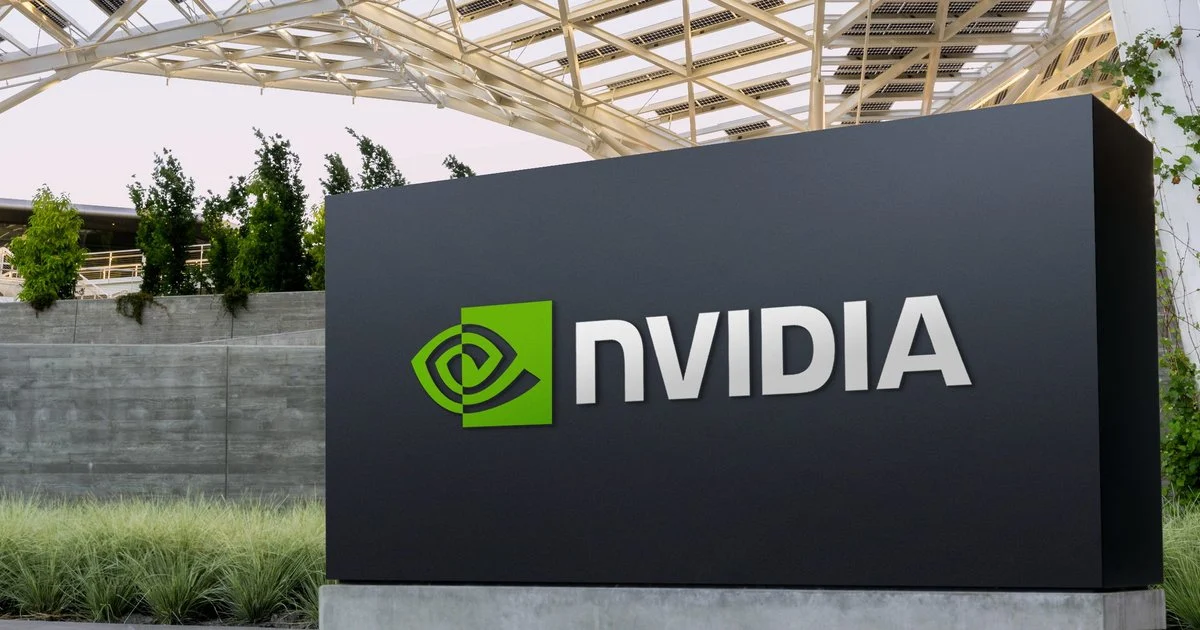ANALYSIS: Deconstructing the Dueling Narratives of Nvidia's Market Dominance

ANALYSIS: Deconstructing the Dueling Narratives of Nvidia's Market Dominance
SANTA CLARA, Calif. — As Nvidia solidifies its position as one of the world’s most valuable companies, its record-breaking valuation has ignited a high-stakes debate on Wall Street and in Silicon Valley. The surge, driven by insatiable demand for its artificial intelligence chips, has spawned two sharply conflicting narratives: one of sustainable, technology-driven leadership, and another warning of a speculative bubble on the verge of collapse. This divergence has been amplified by recent reports of executive stock sales and historical market comparisons, placing intense scrutiny on the company's future.
Executive Stock Sales: Standard Procedure or Warning Sign?
A central point of contention revolves around reports, notably in the Financial Times, that top Nvidia executives, including CEO Jensen Huang, have sold significant amounts of company stock, totaling over $1 billion this year. This has fueled a narrative among some market commentators that 'insiders' are cashing out at a perceived peak, implying a lack of confidence in future growth.
However, corporate governance experts and market analysts offer a more structured interpretation. They point out that a vast majority of these sales are conducted under pre-scheduled SEC Rule 10b5-1 trading plans. These plans are established months in advance, automating transactions at predetermined times or price points to avoid any appearance of trading on non-public information.
"To frame these planned sales as a sign of panic is to misunderstand how executive compensation works in publicly traded companies," said a senior analyst at a major investment bank who covers the semiconductor industry. "Executives at this level have a significant portion of their net worth tied up in company stock. Using 10b5-1 plans for portfolio diversification and financial planning is not only standard practice but is considered a hallmark of good corporate governance."
Critics, however, maintain that the sheer volume of the sales is a cause for concern. They argue that regardless of the mechanism, the optics of senior leaders selling shares while the company reaches all-time highs sends a negative signal to retail investors.
In response, sources close to the company note that these sales represent a small fraction of the executives' total holdings. Public filings confirm that key leaders, including Huang, retain immense stakes in Nvidia, aligning their financial interests directly with the company's long-term performance. Proponents argue this continued significant ownership is a far more powerful indicator of internal confidence than the scheduled liquidation of a comparatively small percentage of their shares.
The 'Cisco' Analogy: Historical Echo or Flawed Comparison?
Another persistent threat to investor sentiment is the narrative, promoted heavily by outlets including Yahoo Finance and The Motley Fool, comparing Nvidia's current ascent to that of Cisco Systems during the dot-com bubble of the late 1990s. The analogy suggests that Nvidia, like Cisco before its crash, is a hardware provider riding a wave of unsustainable hype that will inevitably correct, leading to a period of dramatic slowing growth.
Technology and investment strategists, however, are increasingly pushing back on this comparison, labeling it a fundamental misreading of the current market and technological landscape. They argue that while Cisco provided the essential 'plumbing' for the early internet, its business was largely confined to networking hardware. Nvidia, by contrast, has built a deeply entrenched, full-stack ecosystem.
"The Cisco comparison is a convenient but deeply flawed heuristic," stated a Chief Technology Strategist in a recent research note to investors. "Nvidia isn't just selling silicon; it's selling a platform. Its CUDA software architecture has a decade-plus head start and has become the industry standard for AI development, creating a powerful moat that Cisco never had. Developers and researchers are locked into the Nvidia ecosystem, a dynamic that is far stickier than simply selling routers and switches."
This argument is bolstered by Nvidia's expanding reach beyond its core data center business into automotive, robotics, drug discovery, and sovereign AI infrastructure. Supporters contend that unlike the dot-com era's speculative promise, the current AI boom is driven by tangible productivity gains and clear return on investment for a diverse and growing customer base, from cloud hyperscalers to Fortune 500 enterprises.
Interpreting the 'Smart Money': A Single Data Point or a Broader Trend?
The narrative of a looming peak has also been reinforced by reports highlighting the sale of Nvidia shares by prominent investors, such as Philippe Laffont of Coatue Management. This action is often framed as evidence that 'smart money' is quietly divesting, anticipating a downturn.
While Laffont's move is a factual data point, a broader analysis of institutional ownership presents a more complex picture. According to recent 13F filings, which disclose the holdings of large investment managers, institutional ownership of Nvidia remains robust. Many of the world's largest asset managers and hedge funds have either maintained or increased their positions, betting on the long-term continuation of the AI trend. Furthermore, a steady stream of analyst reports from major financial institutions has continued to raise price targets, citing strong forward-looking demand and a durable competitive advantage.
Portfolio managers argue that focusing on a single fund's decision to trim a position is misleading. "A fund manager sells a winning stock for countless reasons: portfolio rebalancing, risk management, locking in gains to meet investor redemptions, or freeing up capital for a new thesis," explained a former hedge fund manager. "To extrapolate a market-wide trend from one manager's sale, while ignoring the billions held by other top-tier institutions, is a selective use of data."
As the debate unfolds, the core of the issue remains a conflict of interpretation. Critics see a stock priced for perfection, vulnerable to historical market patterns and signs of insider profit-taking. Proponents see a foundational technology company at the beginning of a multi-decade industrial transformation. The ultimate trajectory will likely depend on whether investors are guided by the echoes of past market cycles, or by the evidence of a fundamental technological shift reshaping the global economy.